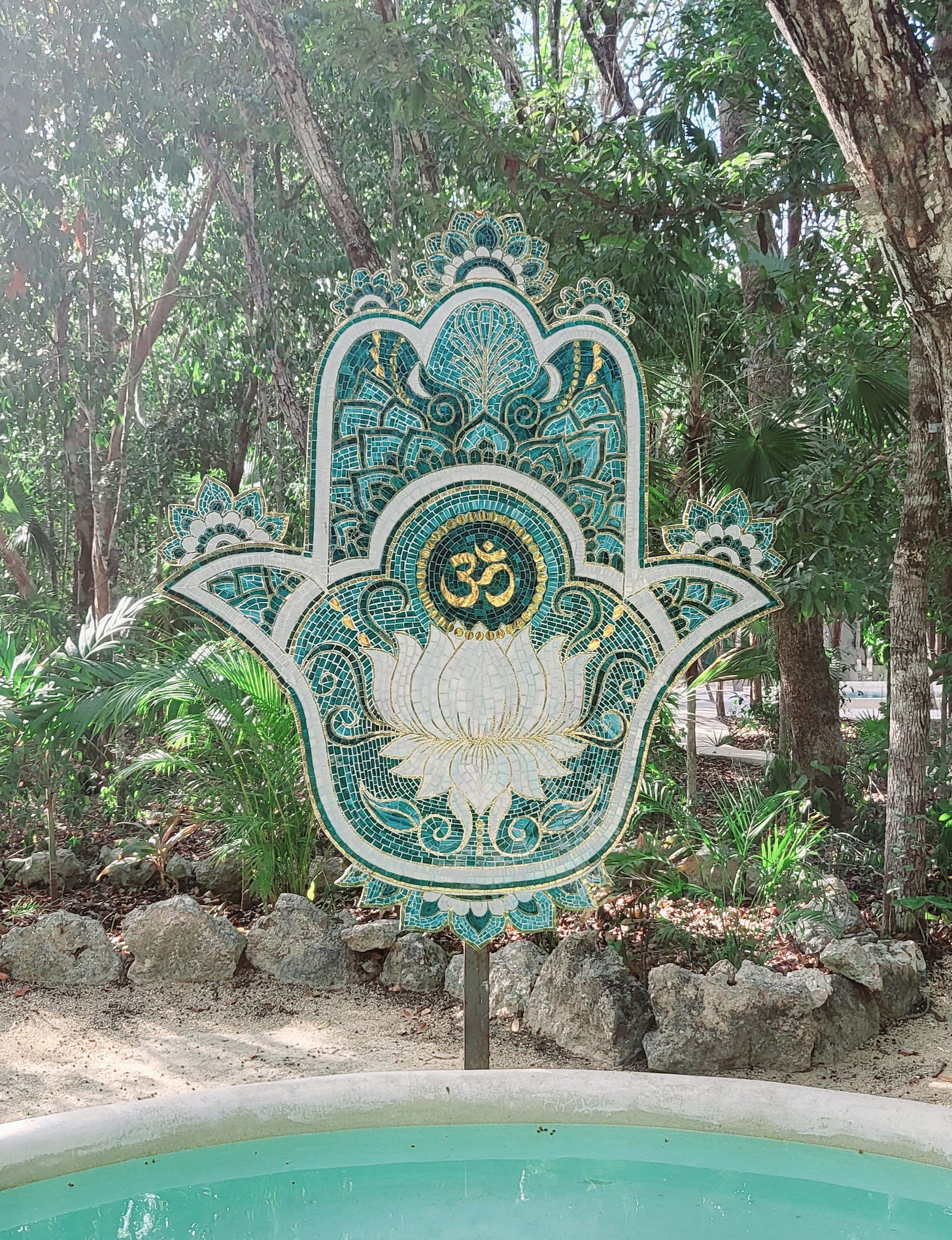In most yoga classes, before ending asana practice, yogis and yoginis take some time in sweet, sweet savasana. For many, myself included, savasana is a cherished asana - a reward at the end of a dynamic flow or challenging sequence.
Savasana translates in English to corpse pose. Basically, we all lie there imitating the stillness of our deceased bodies and minds.
I’ve been thinking about this asana a lot lately.
There are multiple reasons as to why we end asana practice with savasana. Physically, it allows our muscles, fascia, and body to achieve deep recovery - making space for our parasympathetic nervous system to tap us into that much needed RnR. Mentally, savasana can be quite challenging as our mind is much harder to silence than our bodies. In this way, savasana serves as a meditative reminder to clear our mental space so that we can fully surrender and let go.
Savasana is considered a peak pose for many teachers, myself included. Instead of rushing to provide a quick minute or two of relaxation, many asana practices will end with ample time to settle into and fully experience savasana. From this perspective, our asanas beforehand are all in preparation for a savasana meditation where we can surrender and just be.
Beyond this, I have been contemplating the symbolic representation of savasana. Each asana practice, we end with a symbolic death in corpse pose, followed by a liberating rebirth as we close our practice with gratitude.
Each ending of practice with this symbolism can be powerful if we take it as a chance to let go of the past of the day or release expectations within ourselves so we may start anew. With this symbolic death, we also have a chance to confront our own death within our yoga practice.
And while I’m sure this may seem a bit peculiar to do, our reality is that death is as certain as life. As Benjamin Franklin famously said, “Nothing is certain except death and taxes”. The two things we, especially in western culture, conveniently dread discussing.
As for me, I’d much rather contemplate the finite nature of our existence on earth over taxes. And with death being certain, I find it important to accept, honor, and perhaps, even prepare for.
In that way, I find it incredibly fascinating that each time I come to my mat and practice yoga, in a sense, I also practice death.
Many major religions are premised on the belief of life after death, how to live a virtuous life to achieve an abundant afterlife, and even how to navigate rebirth and reincarnation. While each may be different than the other in their approach, the concept of bodily death but soul survival is a common thread. The body may die, but the soul will carry on. Powerful stuff.
One of the most well known and frequently translated spiritual texts is The Tibetan Book of the Dead. This book, rooted in Tibetan Buddhism, is intended to be read to the dying and dead to guide their journey beyond. The Tibetan Book of the Dead is a testament to the preparation and intention set during and after death to help Buddhists achieve liberation from cyclical existence. Incredible, really.
Regardless of one’s spiritual belief, striving for peace and acceptance at the moment that our body and iteration of consciousness ceases to exist should be a universal goal.
We famously say rest in peace, but I think we should also consider how to die in peace.
Whether from sudden accident, illness, or old age, we are guaranteed a visit from Death. At that moment, will you be at peace?
It can be quite uncomfortable for some of us to confront death at all, let alone our own. Yet this is the exact reason why I offer this perspective on the beloved corpse pose in yoga. The symbolic nature of savasana can be helpful for orienting our minds to process, accept, and welcome peace.
For my fellow yogis, I encourage you to embrace savasana for its many benefits and consider deepening your meditative experience when in savasana. Surrender into savasana fully, complete extended savasana in your home practice, and observe what brings you peace.
For my yoga-curious readers, I invite you to try savasana for even a few minutes. Maybe before you go to bed, as you unwind from the day. Great preparations for slowing down the mind before savasana are an asana practice, a guided meditation, or yoga nidra (yogic sleep). Explore these pathways, see what comes up, notice your thoughts, honor your headspace, and don’t forget to breathe.
The best part of savasana is that we experience a rebirth after where we re-sensitize and re-orient ourselves. Many practitioners bring students out of savasana through fetal position - a symbol for birth and rebirth. Take this as an opportunity to reset yourself, your day, your intentions, and carry on with a fresh and peaceful start. The more we welcome peace into our practice, the more prepared we are to find it in any situation.



